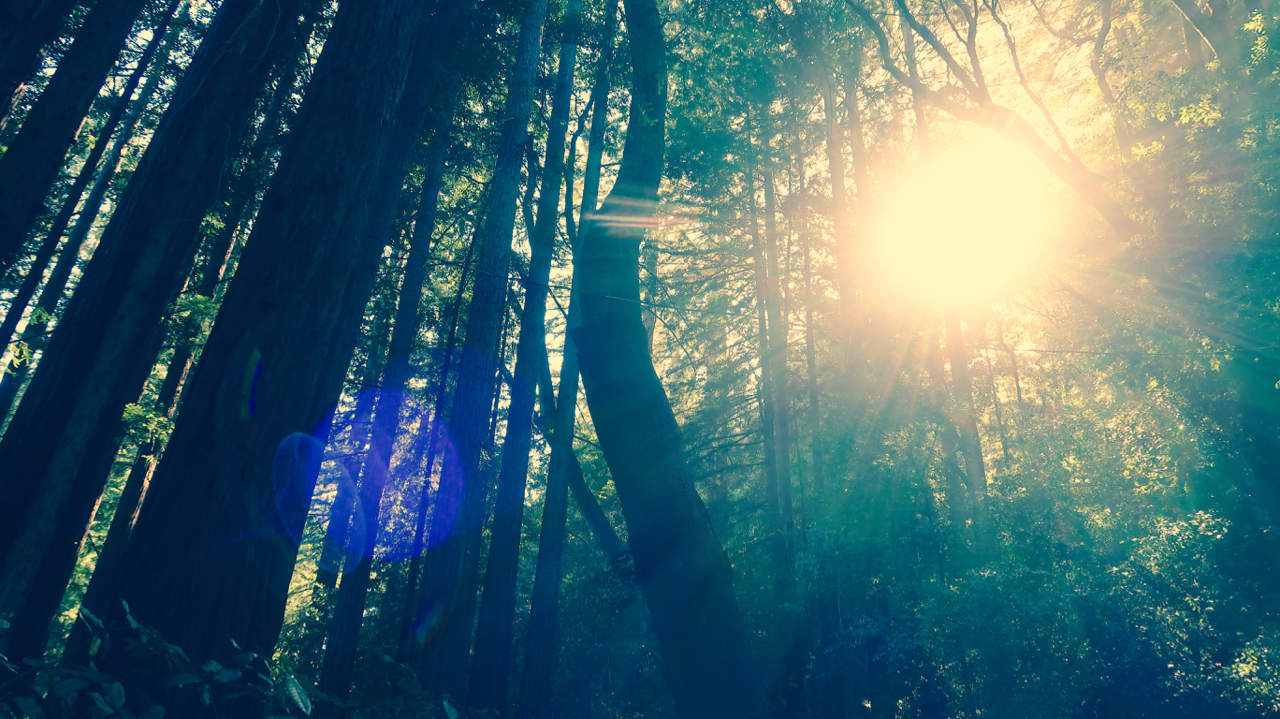
One thing I keep thinking, particularly as I read the daily news, is that a significant missing link in the ongoing conversation about climate change is the consultation with nature itself—with the trees, the nature spirits, the elements. Although my own steepings and ramblings in the nature spirit realm continually build my trust, I can’t even imagine how a New York Times news article or op-ed piece, or, for that matter, a climate change book-club conversation, could convincingly advocate for learning to listen to what the plants and animals have to say about their own survival needs and understandings. Our culture has been away from that reality for too many centuries.
In her summer articles for “Connection Magazine” (the content of the July 2015 blog) Barbara recalls her first meeting with her gnome guide Mano. In his teachings over the subsequent 27 years, he has been adamant and encouraging about the importance of humans embracing once again earth’s divine plan, in which the three kingdoms—angel, elemental, and human—“came to evolve and develop life on earth” with a perfect blending. Because human free will is also part of the plan, however, the balance could not hold. Now “nature needs us to use our free will to ask for spiritual help. It is time to remember that we are part of nature, that we could not live on earth without nature.”
A major deviation from the harmonious interweaving of angel, human, elemental—the blending of right- and left-brain thinking—occurred with the solidifying of patriarchy during the centuries of witch burnings in Europe. Barbara’s book The Burned Woman (now available on this website) is a beautiful contribution to this painful history, its paintings and story coming through her to illustrate a possibility of redemption. As she describes the story in the “Connection Magazine” article, “a woman who had lived in an ancient forest as the community healer, midwife, and wise woman” was burned by neighbors “infused with fear and suspicion during the Inquisition.” She survived, however, and through her long recovery, nursed by nature and secretly provided for by other people, she became a force of love and a “healing agent within her community.”
Often enough I can feel the rumblings of this fear within myself, a fear Barbara describes as a remnant left in the collective consciousness after so many were killed during the Inquisition “for their spiritual gifts, their intuition, clairvoyance, or clairaudience.” Indeed, Barbara says, after she received the Burned Woman story, which curiously matched paintings she had done years earlier, she was afraid of people’s reactions so “put the manuscript aside and tried to forget it.”
“Maybe in some life I had been burned.” Barbara says, “Maybe in another life I was one of the persecutors. I don’t think it matters. The scar on human consciousness affects us all. . . . So many were burned for their knowledge of nature. I believe this has created a shadow in human consciousness that has kept us ignorant of spirit’s ability and need to interact with the human world. I believe this has created a deep fear of nature, a fear of the non-physical worlds.”
I believe it is worthwhile to examine this fear, simply because it is so deep and ingrained and, if left to its own quivering, unconscious flare-ups, will sabotage even this small, personal attempt of mine to participate, with Mano and Barbara, in reclaiming a place for both angels and elementals in the world dialogue. I sometimes talk to my brother Dan about how I can hold onto my authentic, yet tender, experiences of communicating with Mano and the trees and roses, while reaching for inroads to the other “system”, the world “out there”. He suggests, “It’s a difficult rite of passage—not a trivial thing. Doing it is necessarily messy. Letting the gnome blog go into the world is like weaning a baby. Yet without the stretch to make the larger connection your attempt will die, or at least won’t grow.”
When I am talking to people in my sympathetic elementalist “tribe”, I am comfortable articulating both my insights and hesitations; I bask in a camaradie that is accepting and exploratory. It’s no longer enough, though, to stop there, to keep myself segmented into an outer life and inner life. As Dan says, “The right brain economy seems to be a gift economy, which doesn’t work with hoarding. The gift must flow. Integrity comes from the continuing ability to ask for help in this process.”
After the water celebration at Tumbling Creek Farm (see August 2015 blog), I congratulated Cliff and Marlene for what felt to me like a “coming out” ceremony. It was public enough to speak to my longing that this kind of conversation about plant devas and nature spirits might become as natural as a sharing of the day’s news. “I’m too old to worry about all that,” Marlene replied, and I think Barbara exudes that same kind of confidence, freedom, and authority. Still, plenty of people have told me that they wouldn’t feel comfortable talking about their own deep experiences in nature because others would make judgments, labeling them weird at best, dangerous at worst. Michael Roads, in Conscious Gardening, says he sometimes wishes he could have remained within the purely physical angle of gardening, because his metaphysical path has left him open to ridicule. The metaphysical side though, “opens endlessly before me” he says, and “I do what I do because I love it.” This love, this pull toward something we might never have dreamed we would do, is a way of following the golden threads that lead us to our deepest purpose.


YES!! Thanks to you both for your beautiful thoughts and words,
Love, Julie
Thanks so very much for putting the beings language into our words. We are all here together on this earth, each one of us making the whole.
I love reading your work.
God bless you.